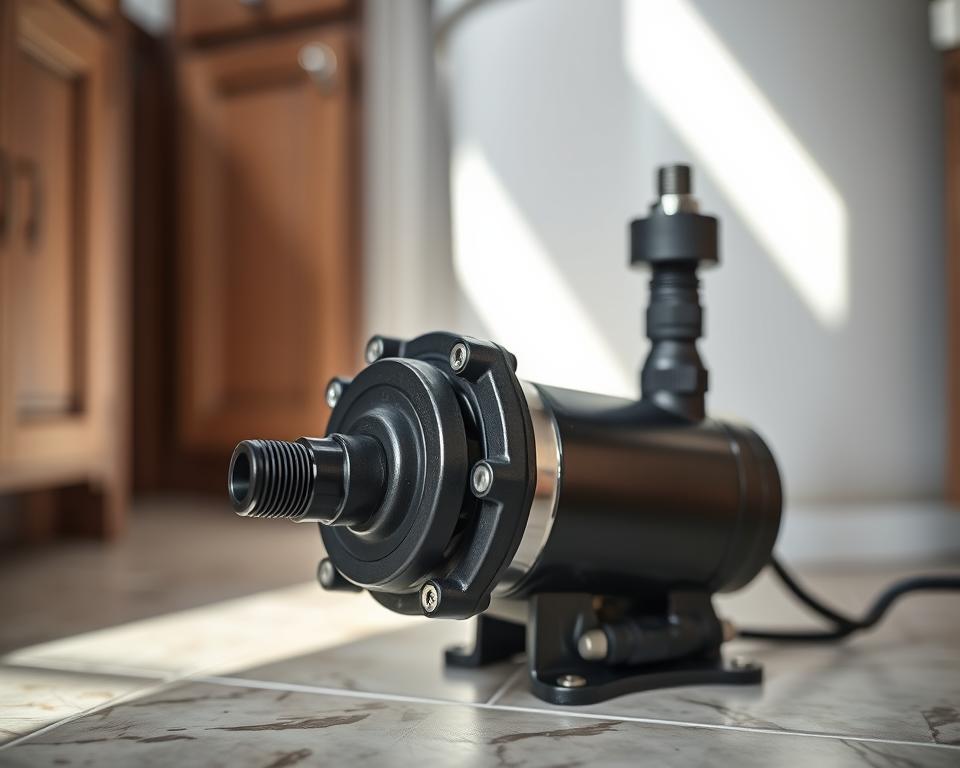Septic Service Cost: Costs & Elements in the U.S.
Did you know that nearly 1 in 5 residences in the United States rely on septic systems for wastewater handling? This information demonstrates how essential it is to be aware of the costs of septic services for homeowners. The average cost to empty a septic tank is between $100 and $800, with most people spending around $600.
But, the price can vary based on the tank size, how often it’s used, and where you live. Consistent care is key to ensuring your septic system functioning well. Without it, you might encounter unforeseen repair bills, higher costs, and health issues.
Companies like All In Site Services provide affordable septic services. They make sure your system works correctly and offer you a transparent idea of the costs.
Grasping Septic Systems and Their Significance
Septic systems are key in managing and processing wastewater in rural and suburban areas. They have a septic tank and a drain field, functioning as an underground solution for wastewater. The process decomposes solid waste naturally, drastically minimizing its volume.
Septic systems are essential for keeping homes safe and protecting groundwater. They prevent sewer backups, which can be hazardous to health and create living conditions poor.
- Regular septic system maintenance is crucial for ensuring your septic system operating well.
- It’s essential to clean your septic tank often to avoid clogs and keep good drainage.
- Not maintaining your septic system can cause expensive repairs and damage the environment.
Homeowners should make sure to check and maintain their septic systems regularly to avoid problems. Knowing how to service your septic tank and the importance of septic systems assists keep the environment healthy and sustainable.
What Factors Influence Septic Service Cost
Many things impact the septic tank with pump system near me. It’s vital for property owners to be aware of these factors. The size of the septic tank is crucial; bigger tanks mean greater pumping fees because they hold more waste and necessitate more maintenance.
How much the tank is used also matters. More people in a residence lead to more wastewater, causing pumping more often. This means higher costs for septic services.
Where you live can also impact the price. In cities, costs increase because of higher expenses, lots of competition, and access issues. But in the countryside, prices might be lower because there are fewer service providers.
The state of the septic system and its maintenance history are also big factors. If a system hasn’t been well-maintained, it might require more work. This can increase the total cost escalate. Understanding these things aids homeowners prepare their septic maintenance expenditures better.
Septic Service Cost: The Role of Tank Size
The size of a septic tank is crucial to the cost of setup and care. The number of bathrooms, the size of the household, and local rules influence the tank size needed. Being aware of how different tank sizes operate assists homeowners maintain their systems better.
Different Volumes of Septic Tanks
Septic tanks differ in size, usually in gallons. They range from 750 gallons to 2,000 gallons, with the average being around 1,000 gallons. Here’s a guide to typical septic tank sizes for different numbers of bedrooms:
| Count of Bedrooms | Advised Septic Tank Size |
|---|---|
| 1-2 | 750 – 1,000 gallons |
| 3-4 | 1,000 – 1,200 gallons |
| 5-6 | 1,200 – 1,500 gallons |
| 7+ | 1,500 – 2,000 gallons |
Impact of Size on Pumping Frequency
The size of the septic tank influences how often it demands pumping. Bigger tanks fill slower, so they might necessitate pumping every four to five years. Lesser capacity tanks might require pumping every three years or more, based on use and sludge levels.
Routine inspections for sludge are important to keep the tank functioning well. Homeowners can budget their pumping based on their tank size to conserve money and ensure the system functioning efficiently.
Region and Its Effect on Costs
The place where a home is located significantly influences septic service costs. In cities, property owners often invest more because there’s a lot of demand, costs of living are high, and rules are strict. Accessing septic tanks can be hard in crowded places, which boosts the cost.
Urban vs. Countryside Pricing Discrepancies
On the other hand, people living in the non-urban regions usually spend less for septic services. For example, in Boise, septic pumping can cost $200 and $350. But in cities like Portland, it might be $350 to $800 for the same service. This illustrates how costs change based on whether you’re in the city or the countryside.
Local Business Competition
How many companies there are in a local area affects prices. Places with lots of alternatives usually have decreased prices. This enables residents find good deals on care. Knowing how location and competition operate helps homeowners plan for septic services. They can ensure their systems operating well without investing too much.



